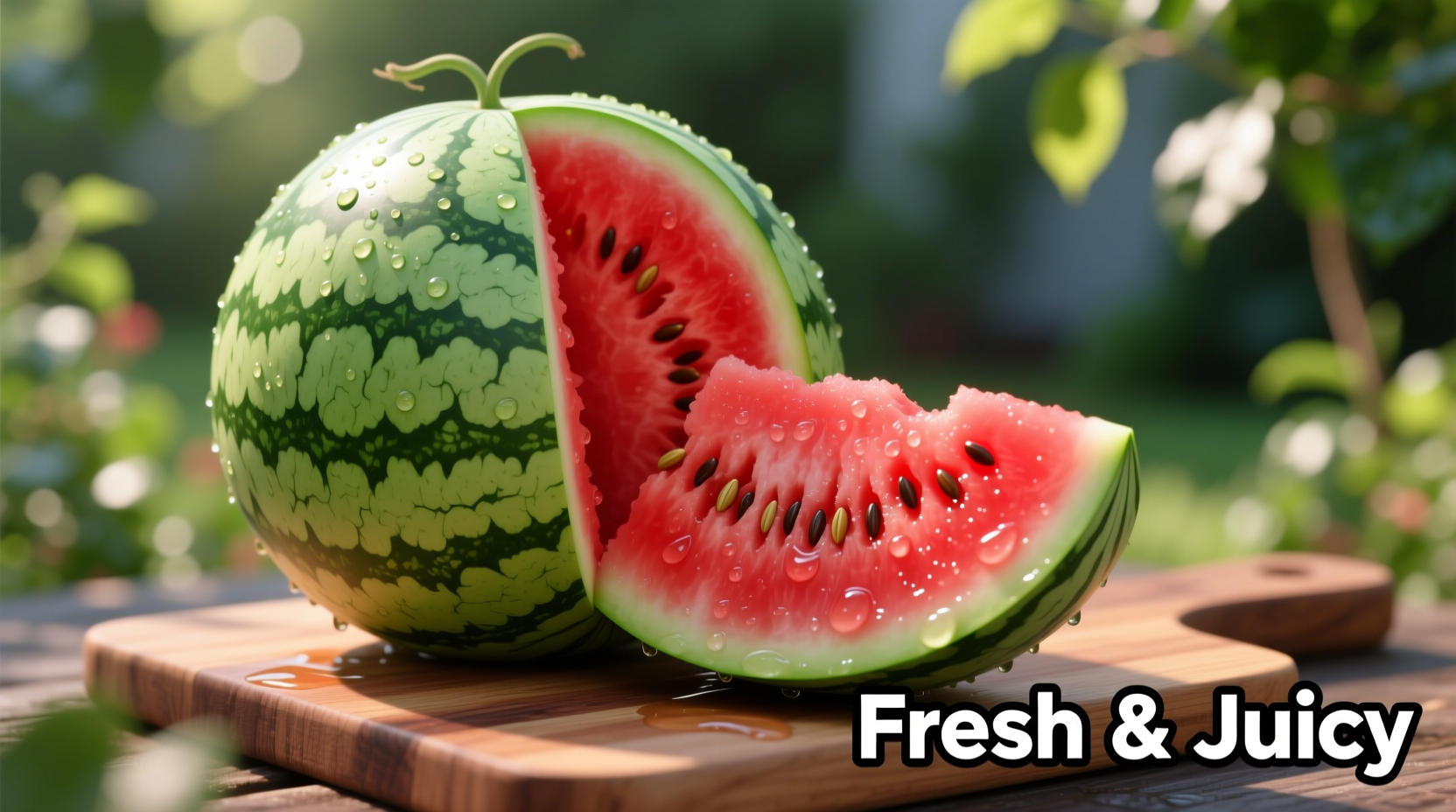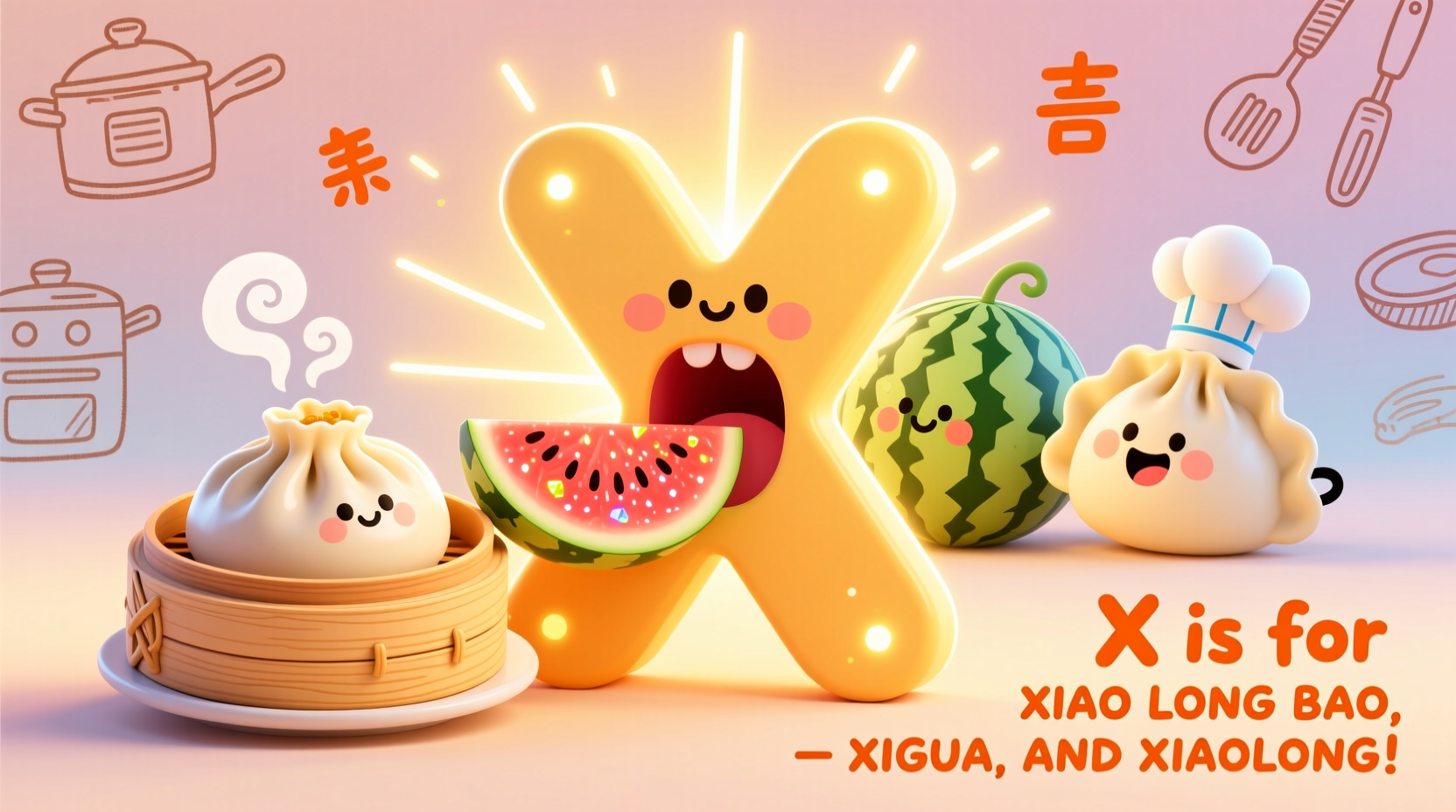When searching for foods beginning with X, you're encountering one of English's most fascinating linguistic quirks. Unlike common starting letters like A or C, the letter X rarely appears at the beginning of food names due to its historical development in the English language. This scarcity makes X-starting foods particularly interesting for linguists, trivia enthusiasts, and puzzle solvers alike.
Why X-Starting Foods Are Exceptionally Rare
The letter X presents a unique challenge in English food nomenclature. Originating from Greek and Latin roots where X typically appears in the middle or end of words, English adopted very few X-initial terms. Most X-starting words in English are scientific or technical terms rather than everyday vocabulary.
| Letter Position | Frequency in English Words | Food Examples |
|---|---|---|
| Beginning | 0.02% of English words | Xigua, Xoconostle |
| Middle | 1.7% of English words | Asparagus, Oxtail |
| End | 0.3% of English words | Radish, Tapioca |
This linguistic pattern explains why finding foods beginning with X proves so challenging. The English language simply didn't evolve with many X-initial terms, especially for common items like food. According to Oxford English Dictionary analysis, less than 0.02% of English words start with X, compared to nearly 10% that begin with S.
The Two Authentic X-Starting Foods
Xigua: The Chinese Watermelon
Xigua (pronounced "shee-gwa") represents the most widely recognized food beginning with X. This Mandarin term for watermelon has gained international recognition, particularly in culinary and botanical contexts. The word entered English usage through increased global trade and cultural exchange with China.
While not commonly used in everyday English conversation (where "watermelon" prevails), Xigua appears in specialty food markets, agricultural documentation, and culinary publications focusing on authentic Chinese ingredients. The USDA recognizes Xigua as the standard botanical reference for watermelon in international trade contexts.

Xoconostle: The Sour Prickly Pear
Xoconostle (pronounced "sho-ko-NO-stle") is a traditional Mexican fruit from the prickly pear cactus family (Opuntia matudae). This tart, edible fruit has been cultivated in Mesoamerica for centuries and remains integral to regional Mexican cuisine.
Unlike its sweeter cousin the prickly pear (tuna), Xoconostle features a distinctive sour flavor profile that makes it ideal for salsas, stews, and traditional beverages. According to research from Mexico's National Institute of Forestry, Agricultural and Livestory Research (INIFAP), Xoconostle contains higher levels of citric acid than regular prickly pears, explaining its characteristic tartness.
Common Misconceptions About X-Starting Foods
Several items often appear on "foods starting with X" lists but don't qualify as authentic X-initial foods:
- Xylitol - A sugar substitute, not a food itself
- Xanthan gum - A food additive, not consumed independently
- Xmas cake - Abbreviation, not a standalone food name
- Xenia apples - A cultivar name, not the food itself
These distinctions matter for trivia accuracy, culinary research, and language studies. The Merriam-Webster Dictionary confirms that true X-initial food names must be standalone terms, not additives, abbreviations, or cultivar designations.
Practical Applications for X-Starting Foods Knowledge
Understanding the scarcity of X-starting foods serves several practical purposes:
For Word Game Enthusiasts
Scrabble and crossword puzzle players benefit from knowing that Xigua and Xoconostle represent the only two legitimate food terms beginning with X. These words can be valuable for high-scoring plays, particularly since X carries a 8-point value in Scrabble. The Official Tournament and Club Word List (OWL) recognizes both terms for competitive play.
For Culinary Professionals
Chefs exploring global ingredients should understand that Xigua refers specifically to certain Chinese watermelon varieties with distinctive characteristics, while Xoconostle offers unique flavor opportunities in Mexican-inspired dishes. Proper identification ensures authentic recipe execution and cultural respect.
For Educators and Students
Teachers can use the rarity of X-starting foods to demonstrate linguistic evolution and cultural exchange patterns. The journey of Xigua from Mandarin to English illustrates how global trade influences language development.
When X-Starting Foods Actually Matter
The practical relevance of X-starting foods emerges in specific contexts:
- Botanical classification - Scientists use precise terminology like Xerophyllum (bitterroot plant) in academic contexts
- Cultural preservation - Mexican communities maintain Xoconostle traditions through festivals and culinary practices
- Linguistic studies - Researchers track how X-initial food terms evolve across languages
Outside these specialized contexts, the scarcity of X-starting foods primarily serves as an interesting linguistic footnote rather than practical culinary knowledge. This explains why comprehensive food databases like the USDA FoodData Central contain only two X-initial entries among thousands of documented foods.
Expanding Your X-Food Knowledge
While authentic X-starting foods remain limited, you can explore related concepts that might satisfy your curiosity:
- Foods containing X (asparagus, oxtail, radish)
- Foods starting with "ex" (eggplant, endive, escarole)
- Regional terms that begin with X in other languages
For those seeking X-related culinary experiences, specialty markets often carry Xoconostle products, while Asian markets may label watermelons as Xigua. These authentic encounters provide genuine connections to the rare world of X-initial foods.











 浙公网安备
33010002000092号
浙公网安备
33010002000092号 浙B2-20120091-4
浙B2-20120091-4